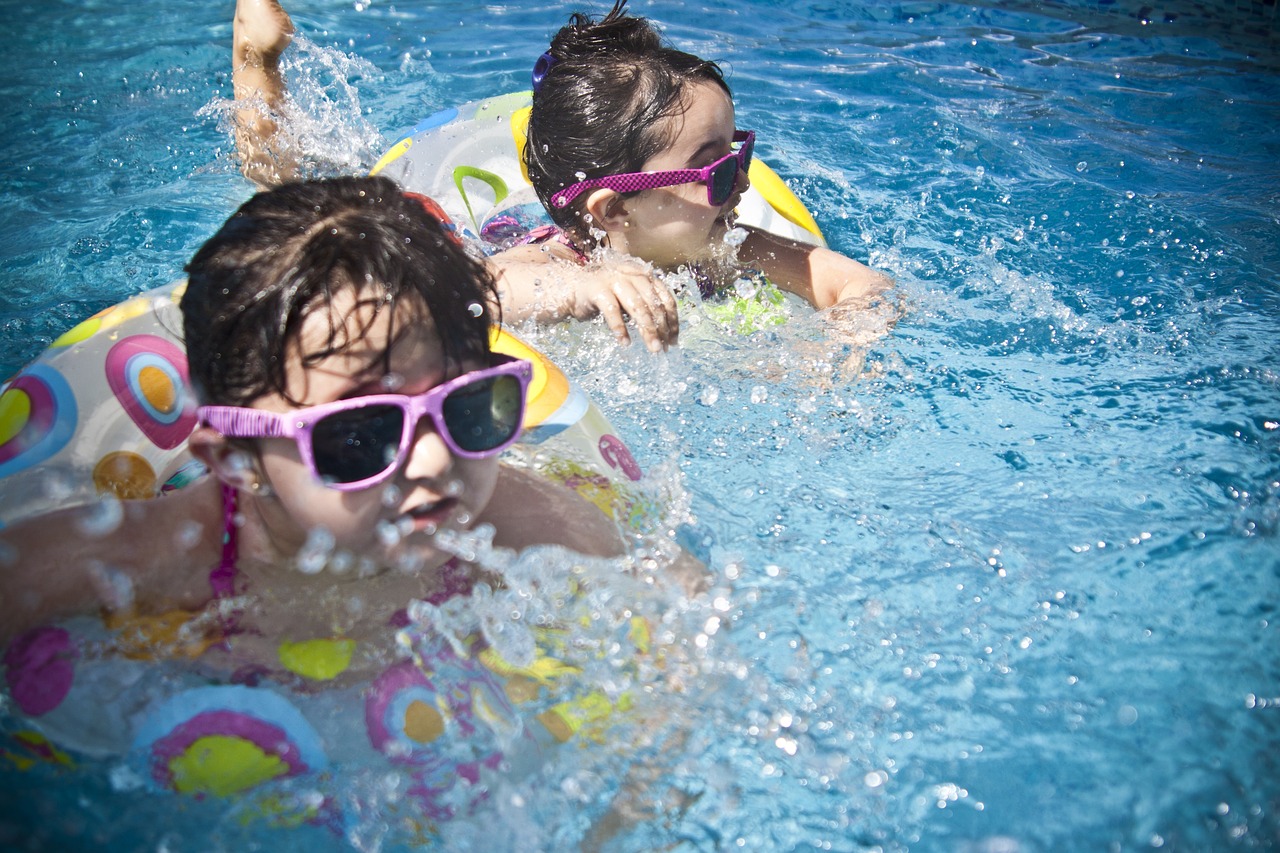Adult swimming classes offer an accessible and practical way for individuals to learn new skills, build confidence, and improve physical fitness regardless of age or experience. These classes focus on gradually developing comfort in the water, teaching essential techniques that help adults feel safe and capable. Many programs provide personalized instruction tailored to different skill levels, from complete beginners to those looking to refine their stroke or enhance endurance.
Swimming offers benefits beyond just exercise; it promotes mental well-being and provides a valuable life skill. Whether someone wants to overcome a fear of water or prepare for specific fitness goals, adult swim lessons create a supportive environment that encourages steady progress. This structured approach helps learners build confidence through achievable milestones while enjoying the physical and mental advantages of swimming.
Benefits of Swimming Classes for Adults
Swimming class adults offers targeted benefits that improve physical fitness, enhance mental health, and create opportunities for social connections. Adults engaging in these classes often experience gains in flexibility, cardiovascular health, stress relief, and community involvement.
Physical Health Advantages
Swimming provides a low-impact, full-body workout that strengthens muscles while being gentle on joints. This makes it ideal for individuals recovering from injuries or managing conditions like arthritis.
Regular sessions improve cardiovascular endurance, muscle tone, and flexibility. Because swimming engages all major muscle groups and avoids weight-bearing stress, it lowers the risk of injury common in higher-impact exercises like running.
Additionally, the controlled breathing techniques in swimming enhance lung capacity. This cardiovascular boost supports overall heart health and can aid those leading mostly sedentary lifestyles in becoming more active safely.
Mental and Emotional Wellbeing
Swimming stimulates the release of endorphins, helping reduce feelings of anxiety and depression. The rhythmic nature of swimming encourages relaxation and mindfulness, making it an effective stress management tool.
Learning and mastering new skills in the water often boosts confidence and self-esteem. Those who start swimming classes later in life frequently report a sense of accomplishment that enhances their emotional resilience.
Moreover, the calming water environment can reduce tension and improve sleep patterns, contributing positively to mental health over time.
Social and Community Engagement
Adult swimming classes often foster a supportive group atmosphere where social interaction is encouraged. This setting helps participants build friendships with peers who share similar fitness goals.
Group lessons can motivate continued attendance through shared experience and accountability. Social engagement in the pool environment often extends beyond classes through related social events or swimming clubs.
For many, this community element combats isolation and promotes a sense of belonging, which is especially important for adults facing major life transitions such as retirement or relocation.
How to Choose the Right Adult Swimming Class
Choosing an adult swimming class involves evaluating several key factors to match personal goals and needs. Important considerations include the swimmer’s current abilities, the quality and experience of the instructor, and the environment offered by the class size and facilities. These elements directly impact the learning experience and progress.
Skill Levels and Class Types
Adult swimming classes typically cater to different skill levels, from complete beginners to advanced swimmers. Beginners should look for classes focused on water safety, basic strokes, and building comfort in the water. Intermediate and advanced classes often emphasize stroke refinement, endurance, and technique improvement.
Classes vary in type, including private lessons, group classes, and blended formats. Private lessons offer personalized attention and tailored progress, while group classes provide social interaction and motivation. Understanding one’s current skill level helps in selecting the right class type to ensure effective learning and confidence-building.
Instructor Qualifications
The instructor’s training and experience play a crucial role in adult swimming education. Classes led by certified instructors with recognized credentials—such as certification from national swimming or lifesaving organizations—offer safer and more structured learning environments.
Experienced instructors can adapt teaching methods to adult learners’ specific needs, whether addressing water anxiety or enhancing stroke technique. Additionally, instructors trained in first aid and water safety add an extra layer of security, ensuring quick and effective responses to emergencies during lessons.
Class Sizes and Facilities
Class size affects the amount of individual attention a swimmer receives. Smaller classes with low student-to-teacher ratios allow instructors to provide more focused guidance and adjust techniques for each participant. Larger classes may limit personalized support but can be more affordable.
Facilities also matter. Ideal venues have clean pools, good water temperature control, and safety features like lifeguards and accessible entry points. Convenient locations with flexible schedules enhance consistency and commitment to learning. These factors contribute to a productive and comfortable swimming experience.
